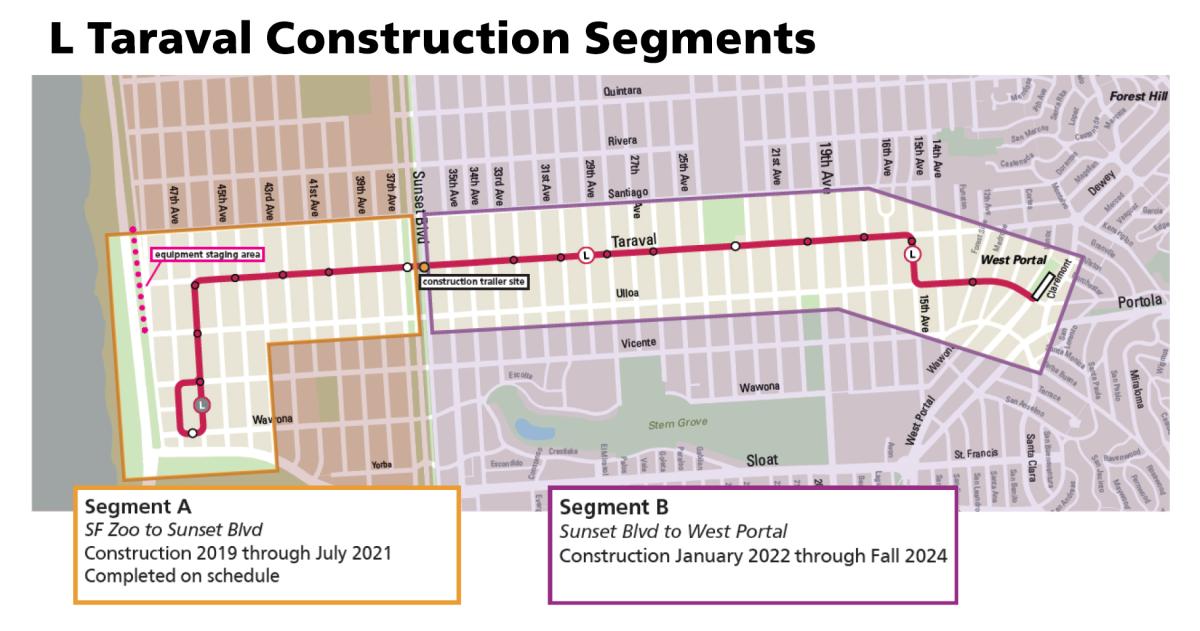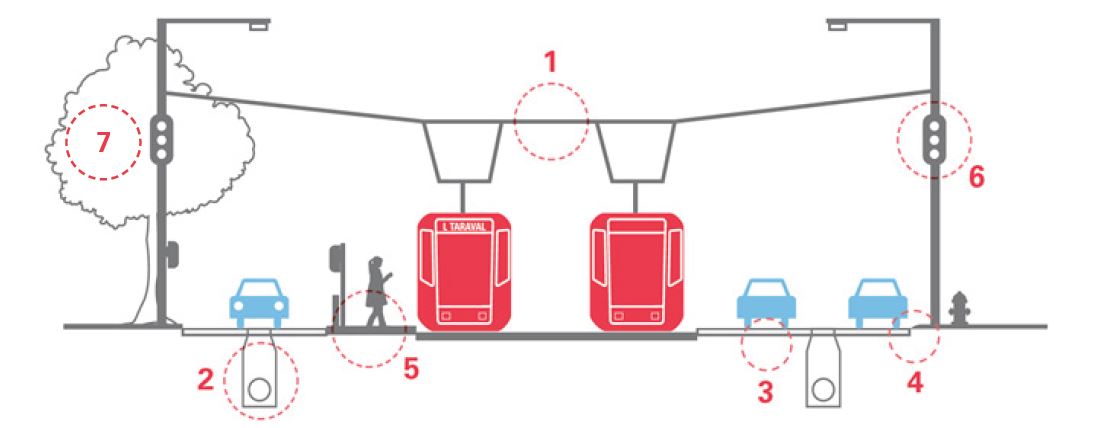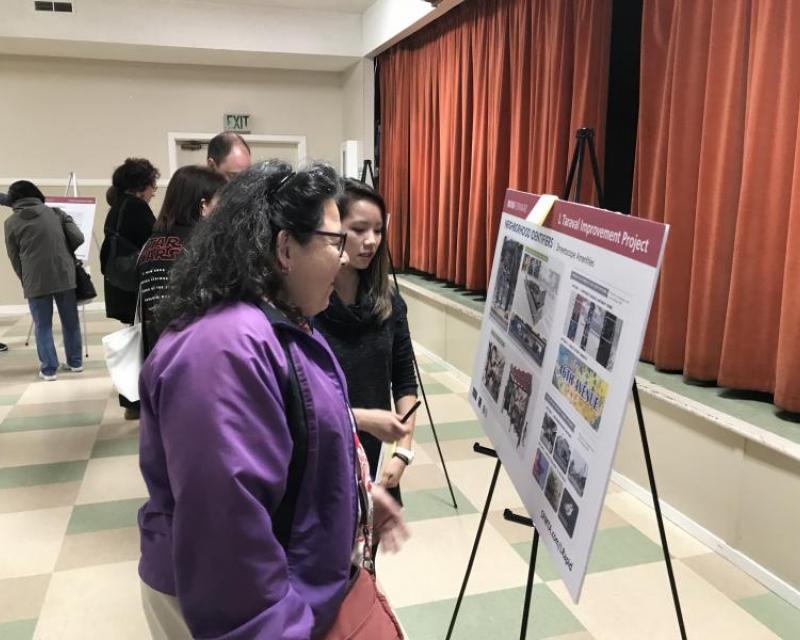Now that the project is complete, we are excited to share the many ways traveling on Taraval is a safer, more accessible experience for everyone. Check out the resources below to learn more about upgrades and enhancements to the corridor:
- “Riding into the Sunset (The Return of the L Taraval)”: Listen to a podcast sharing personal accounts of the project from community members
- “A Better and Safer Taraval”: Watch a video about this neighborhood’s humble beginnings to the growth of a vibrant community
- Check out an interactive map with project and neighborhood highlights
- Shop Taraval: Explore the corridor's shopping and dining scene
Taraval Street has undergone a complete makeover, from about 10 feet below the street to 30 feet above. The L Taraval Improvement Project was a multi-agency collaboration with the San Francisco Public Utilities Commission and the Department of Public Works to improve and upgrade this vital corridor. These much-needed improvements have made pedestrian crossings safer, increased accessibility, improved transit reliability, rehabilitated aging rail, water and sewer infrastructure, enhanced landscaping, and replaced the roadway along the L Taraval line.
The project was completed on budget and on time. To minimize impacts to the community, construction was divided into two phases.
- Segment A – From San Francisco Zoo to Sunset Boulevard – completed 2021
- Segment B – From Sunset Boulevard to West Portal – completed 2024

Project Purpose
The L Taraval Improvement Project prioritizes safety and accessibility for everyone who uses the corridor. Taraval Street is on the high-injury network, the 12% of streets that account for 68% of the city’s severe and fatal traffic crashes. Before this project, nearly 10 people were hit every year on this corridor, half of those while getting on or off the train. The project made comprehensive safety upgrades and modernized aging infrastructure to better serve the community for years to come.
Project Benefits
- Safer train boarding – New and upgraded safety boarding islands make getting on and off Muni safer and easier.
- Improved pedestrian crossings – New traffic signals, sidewalk bulb-outs, curb ramps and high-visibility crosswalks improve safety and accessibility.
- More efficient transit – New traffic signals prioritize Muni service, reducing delays.
- Smoother & quieter train rides –Newly replaced rails make for a quieter ride, reduce train rocking and will require less future maintenance.
- Utility upgrades – Sewer and water pipes, some over a century old, were replaced to ensure reliability for the next hundred years. And a new Overhead Contact System (OCS) powers our zero-emissions train fleet.
- Streetscape improvements – New trees and landscaping, decorative crosswalks and public art create a more welcoming environment.
- Newly repaved roads – Repaving along the entire corridor makes for a smoother ride for everyone.
These enhancements are making Taraval a safer, more inviting corridor for all who live, work, travel and shop along Taraval Street.
- Completed
Construction Project Elements

- Rail track and overhead line replacement
- Water and sewer line replacement
- Surface repaving
- Curb ramp upgrades
- Concrete boarding islands and pedestrian bulbs
- Traffic signals
- New trees and landscaping
The streetscape style elements including tree selection, decorative crosswalks, trackway accent colors, public art was based on community feedback and will make the corridor even more inviting to residents and visitors alike.
Taraval History and the L Taraval Line
The L Taraval line has been in service since 1919 and is a vital part of the Sunset District community. Taraval Street itself is both a commercial district with over 200 businesses as well as a residential corridor with some 27,200 people living within a one-quarter mile radius of the commercial area.
When it first started, the L Taraval was just a small streetcar serving the once sparsely populated Parkside neighborhood. But the route quickly expanded, reaching Ocean Beach in 1923 and popular destinations like the San Francisco Zoo and Fleishhacker Pool in 1937. With a one-seat ride from downtown to the ocean, the L made it easier for people to visit, explore and grow the neighborhood into the vibrant community it is today.


